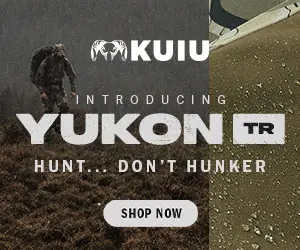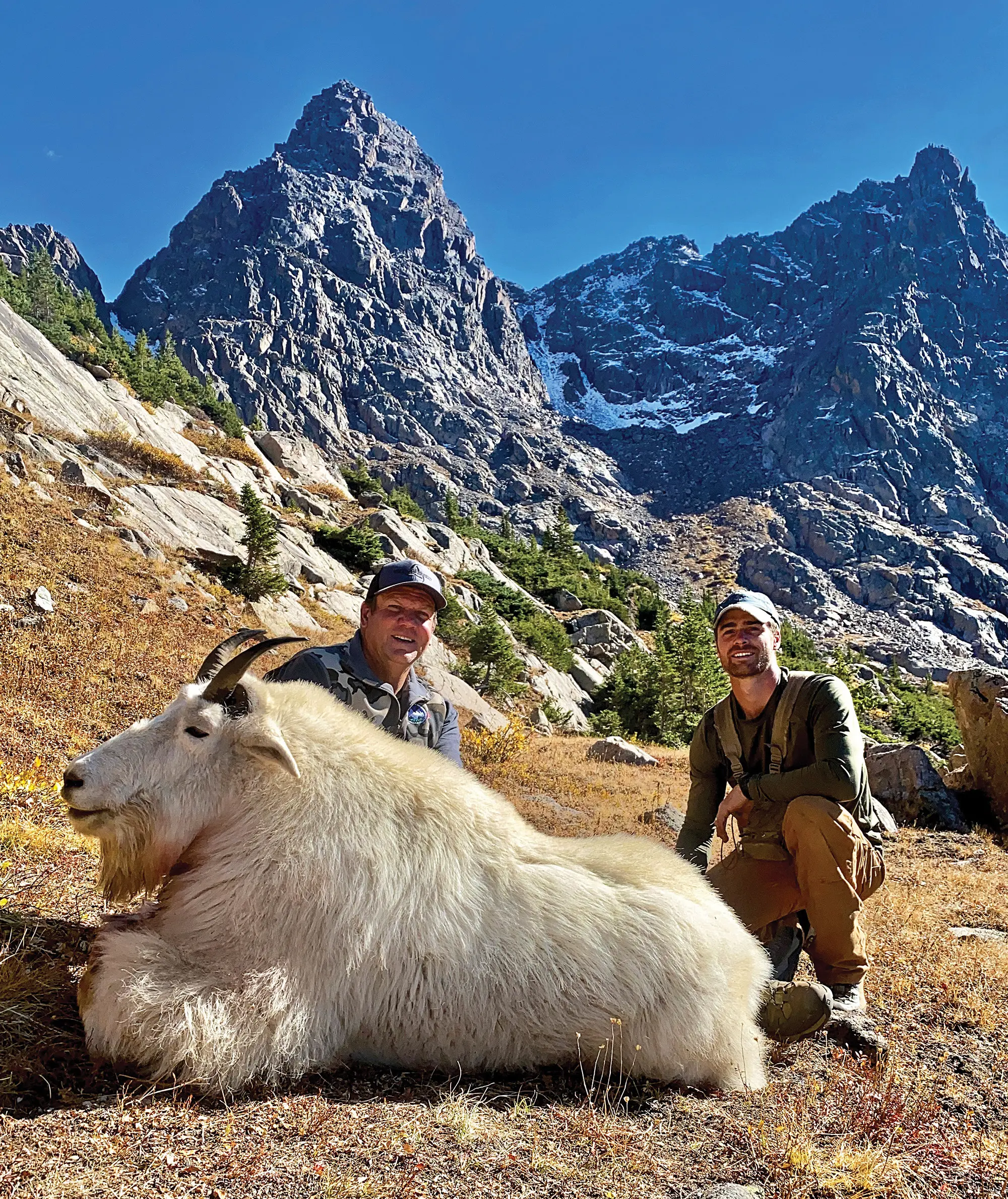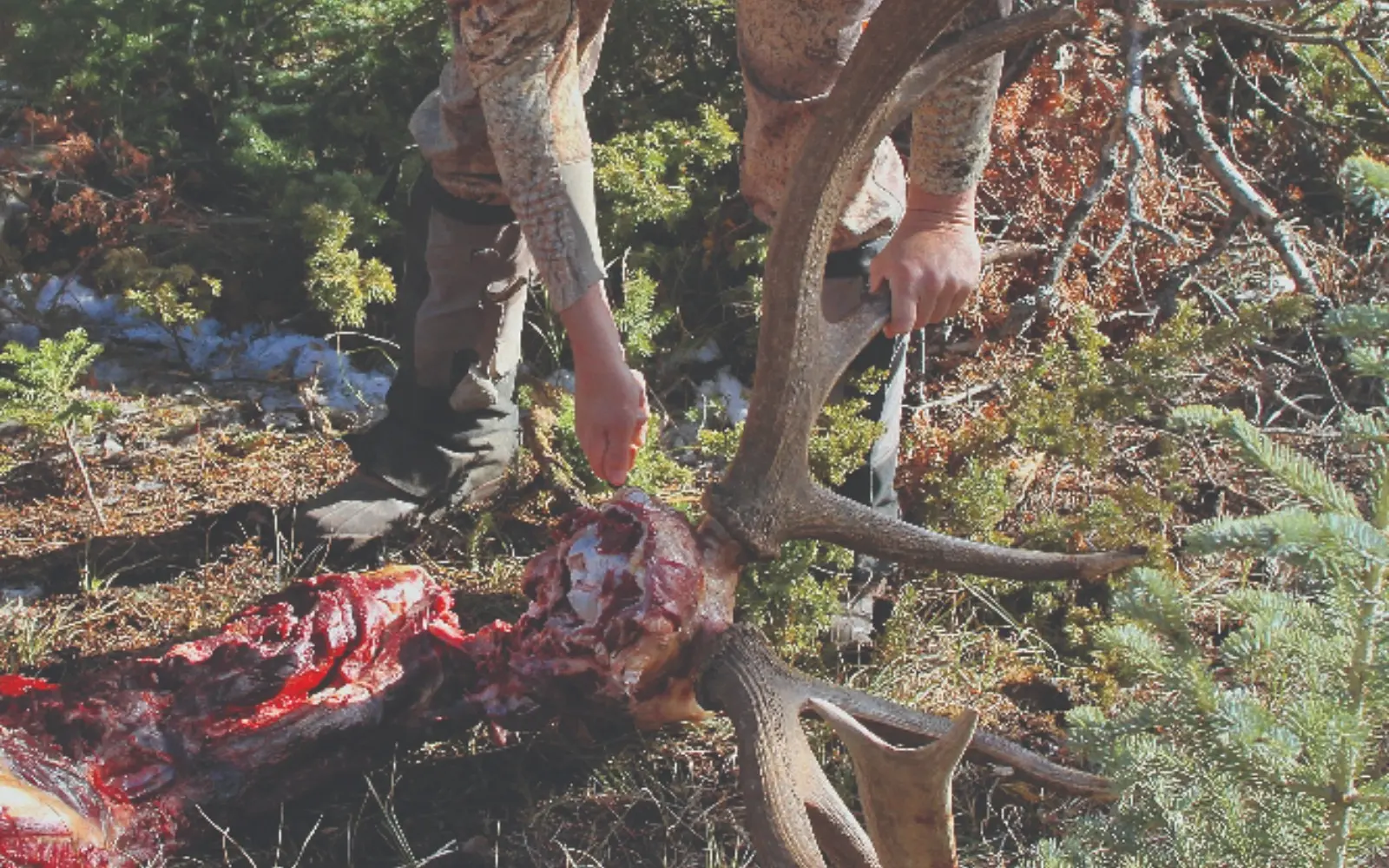
NOTICE: Certain links on this post may earn a commission for Western Hunter Magazine from Amazon or our other affiliate partners when you make a purchase. Thank you for your support.
Knife Safety and Emergency Wound Care
There is never a good time to cut yourself but doing it in the backcountry - far from a hospital - is one of the worst times. I’ve done it and I know many friends who have done it to varying degrees of severity. Not all cuts are serious, but when they are, you can’t afford to be without proper materials and a plan for knife safety.
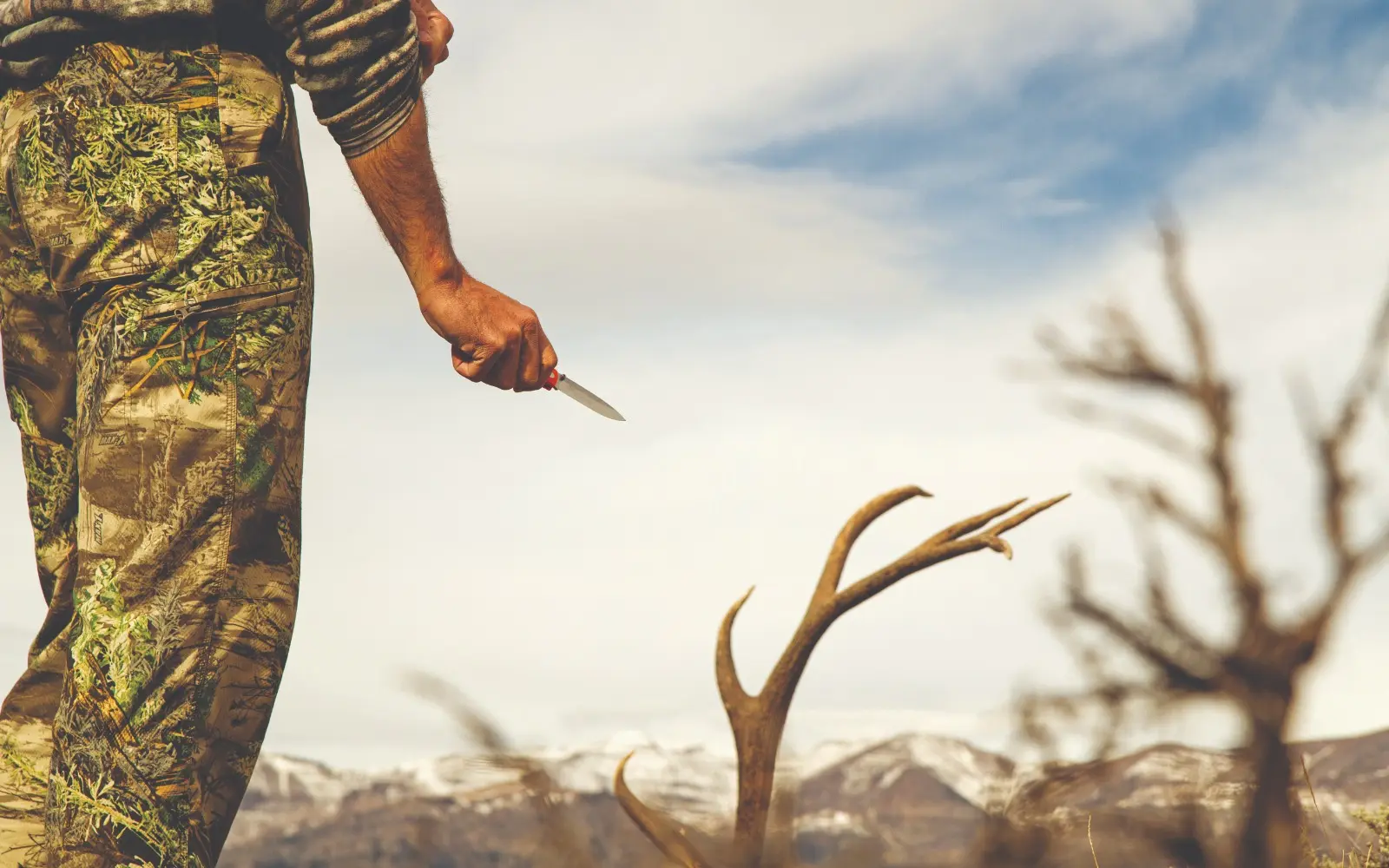
It Can Happen Anywhere, Anytime
It isn’t too difficult to imagine a scenario involving a serious knife safety mishap because so many of us have experienced accidents. Picture a couple of hunters in the Wyoming backcountry who have just taken an incredible herd bull after a week of effort and toil. They’re euphoric as a result of the experience but very tired from the physical effort and long days on the mountain. Photos are taken and the day gets late. There is now somewhat of a rush to get the bull taken care of and hung in the trees away from the carcass before dark because they’re in grizzly country and the bears are still roaming.
They both have knives and go to work on the bull, one skinning from the shoulders up and the other working on the hind legs. Both guys are working fast and one of them asks for help from the other to hold the leg while he cuts off the quarter.
The hunter making the cuts is struggling to get through the hip joint with his now dull knife and bears down on it, snapping the tip and shoving his knife right into his thigh, burying it to the finger guard.

Stunned, he jerks it out and blood immediately pours from his leg, soaking his pants. His “fight or flight” sympathetic nervous system takes over and injects a surge of epinephrine (known commonly as adrenaline) into his system. His pupils dilate, his blood pressure drops with some initial peripheral vasodilation and his heart rate skyrockets. He nearly passes outstanding there but sits down because he is now light-headed.
Fortunately for him, his partner had taken a first aid/CPR class and is somewhat composed. He knows that he needs to apply direct pressure to the leg and try and stop the bleeding. After 20 minutes, the wound appears to have stopped bleeding, but the pain has set in, and his leg is swelling up because of the cut quadriceps muscle.
They are three miles from their tent, eight miles from the trailhead, and many hours from civilization…and there’s no cell phone service. To complicate a situation that is dire enough on its own, there’s still a bull on the ground that needs to be taken care of and it’s getting dark in grizzly country.
The injured hunter limps his way back to camp slowly while his partner finishes up the bull. The next morning, the uninjured hunter hikes over to an outfitter’s camp a couple miles away and fortunately gets some horseback help to get them out of the mountains and to an emergency room.
You can see how things can get bad in a hurry out there. You’re basically throwing all of these horrible variables into the same pot: a fatigued hunter, uneven ground and work surface, a sharp (or even worse yet, dull) knife, unorthodox positions while cutting, abnormally long distance from medical care, and other tough logistics.
Lucky but unlucky is how I look at most mishaps such as the scenario above; unlucky to have it happen, but lucky it wasn’t worse or fatal. But luck really shouldn’t have as much to do with it. Had the hunter simply been more careful of knife safety at each moment, it probably wouldn’t have happened.
It happens to all of us at some point. As I mentioned in our last article in this series, I managed to stab my calf at 13,000 feet in December in exceptionally bad circumstances, resulting in a small arterial bleed. While I came out of it okay, it could have been much worse.
Just this past fall, EHM’s Editor, Ryan Hatfield, managed to lacerate his offhand index finger while doing some last-minute “mop-up” work with a dull knife, putting too much pressure on the blade rather than taking the time to freshen up the edge.
The fact is that over the course of your hunting career, you’re going to sink a knife into dozens upon dozens of animals while in precarious situations and positions. Chances are it’s not a matter of “if” you get cut, but “when…and how bad”.
Common Sense Tips to Knife Safety
Knowing this, relegating knife safety to simply being careful and “lucky” isn’t the best approach. There are some simple steps to staying safe.
1) Use a really sharp knife. A dull knife is a dangerous knife because you’ll end up “reefing” on it and increasing the likelihood of losing control of the blade.
2) Always cut away from your body; never toward it. As in NEVER.
3) Always pay full attention to the blade; be methodical and slow.
4) A knife is not a pry tool and shouldn’t be used as such.
5) Use extreme caution and good communication while working with someone else. You can predict your movement but not the other person’s. When your instincts begin to tell you that you’re starting to work too close together, you’re right.
6) Use the right knife for the job. Different knives are better for different applications; use them appropriately.
7) Take breaks to avoid muscle fatigue/loss of dexterity and always reposition yourself or the animal for optimal angles and knife safety when taking care of game.
8) Beware of the new breed of knife, such as a Havalon. These little knives with the replaceable blades are awesome, but they’re very thin, and break often when used inappropriately. Do NOT use these knives for tough/prying-type work as you’re likely to snap a blade under pressure, and what happens then is akin to an elk hunter’s Russian roulette.
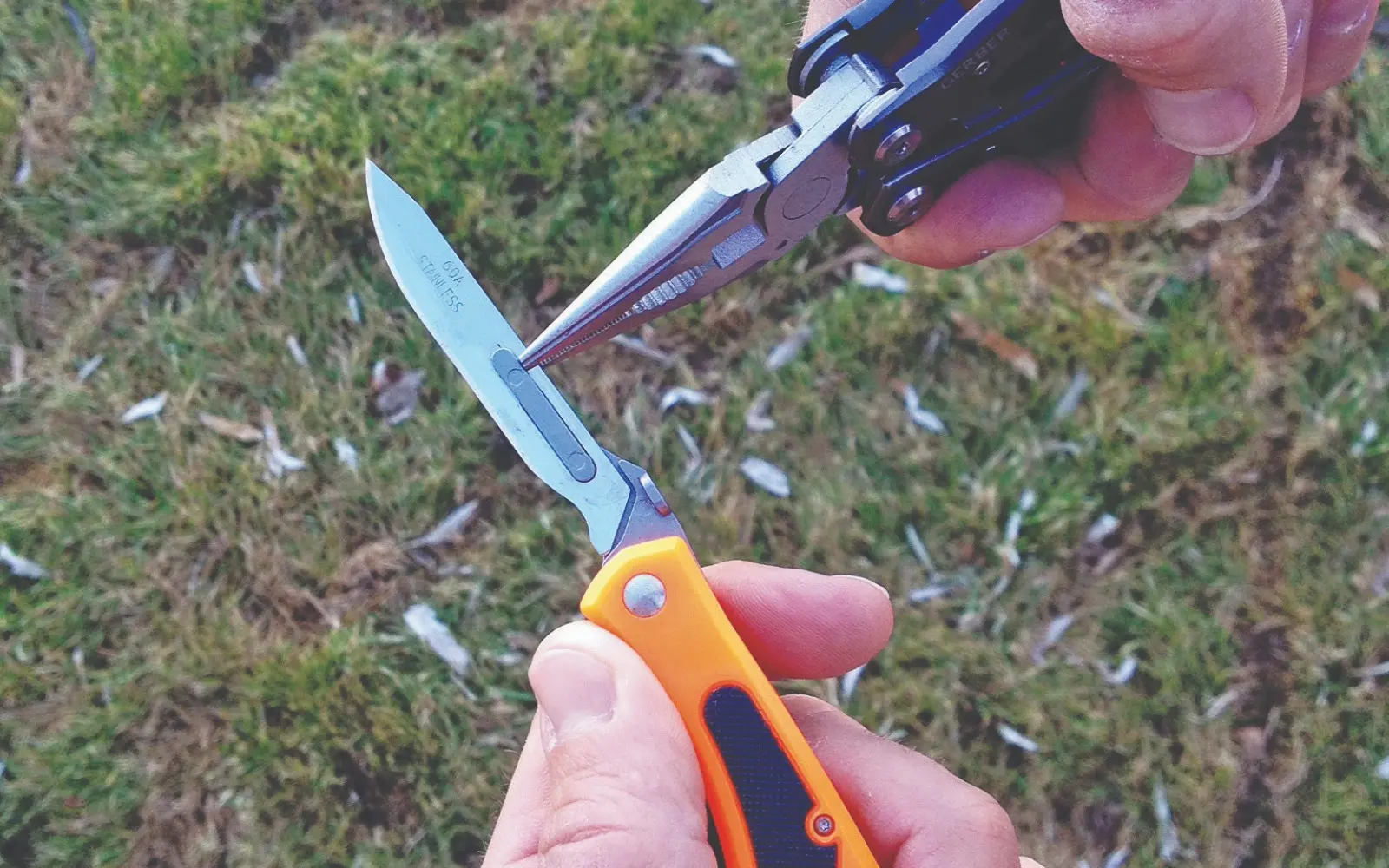
Playing Doctor
In the event that you do cut yourself, there are steps that can be taken for first aid even if you’re in the backcountry. Your first move should be to sit down and put direct pressure on the wound. The sitting helps to relax and keep your excitement level and heartrate down, and the direct pressure stems the flow of blood while your body’s natural clotting mechanisms go into action.
Some hunters may take daily aspirin or anti-clotting medications such as Coumadin or Pradaxa. With aspirin, the clotting might be delayed, but with the other meds manufactured to prevent clotting, the bleeding can be very difficult to control, especially in that setting. I recently witnessed a patient on Pradaxa who sustained a small laceration from a fall in the foyer and the bathroom of his apartment looked like a scene from a multiple homicide.
When the bleeding has stopped, it’s time to clean the wound as best as possible. Many places in the West don’t have gin-clear, fast-moving streams handy to irrigate the wound, so use the best solution available to clean it. Cool water is best, as it helps with vasoconstriction to stem the blood flow.
Once the wound is clean it should be covered and dressed with the cleanest available material. If a first-aid kit with bandaging supplies isn’t handy, you should use the cleanest, driest fabric that doesn’t have a build-up of human bacteria on it. You might have a backcountry sewing kit, but you might reconsider the idea of sewing shut a dramatic-looking cut. Most emergency room physicians would agree that sewing a laceration shut in the field increases the chances of debris and bacteria being trapped and could result in a nasty infection. The scarring could be worse, but the danger of infection far outweighs it.
Last is immobilizing the laceration as much as possible, even splinting it if necessary. Immobilization keeps the irritation of the wound lower and promotes healing.
Then, seek medical attention as soon as possible. The wound will be professionally cleaned, irrigated, abraded if necessary, and checked for infection. Most physicians can handle smaller lacerations requiring sutures in an office or at an Urgent Care, so it’s often unnecessary to go directly to the ER, thus avoiding costly co-pays and deductibles with insurance plans. Use common sense and judgment on this; a physician will likely refer you to an emergency room only if it is beyond his or her level.
Also keep in mind that many physicians will not want to do sutures if more than six hours have passed since the incident, though this is a bit variable. If you know that it’s been much beyond that, you may want to go to the ER, because they will likely have to abrade the sides of the laceration before suturing the wound.
Like most problems we encounter - health or otherwise - the best treatment is prevention. Use serious precaution and knife safety when handling knives in the field and be one of the lucky ones who just get to hear about other hunters’ death-defying mishaps.
Watch-Out Situations
1) Using a dull knife. See a theme here? Don’t be tempted to use more pressure and muscle. Use a sharp blade and let it do the work. Either take some extra time to resharpen the blade or consider using a Havalon-type knife (with replaceable blades) for surgical sharpness and convenience.
2) Working with others. It can be more efficient to have someone pull hide and hold legs while you work – or even using their own blade on a different part of the animal - but know that this increases the chance of an accident, too. Use good communication and keep it slow and safe. I like knives with bright orange handles, as they are easier to keep track of for myself and others when working on game.
3) Skinning around horns and antlers.
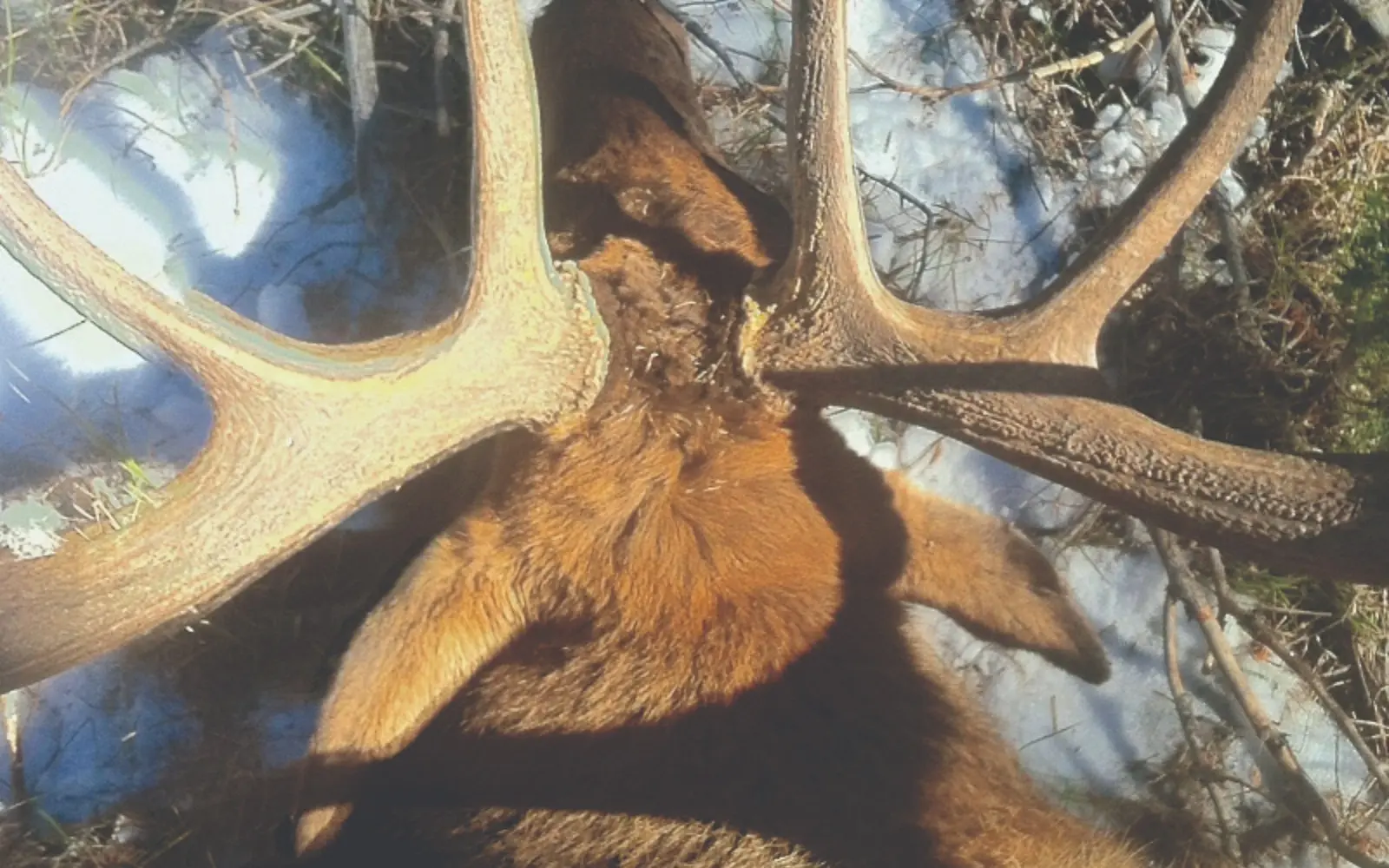
This can be tricky and tedious. I’ve seen more nicks and small cuts from this than probably any other part of game care. Using a sharp knife is imperative. Also, avoid the temptation to pry skin away from horns and antlers. Use a multi-tool to hold the skin and cut with the opposite hand. Some hunters also carry a screwdriver to pry the hide away from the base of the antler rather than flexing a knife blade.
4) Skinning legs. This is another time when blades and technique are tested. Thinner skin along the long bones in the lower legs requires a careful approach and some patience in order to avoid blade slippage and the chance of accidental cuts and lacerations.
5) Fatigue. This can make us lazy when it comes to knife safety. The point when you know you’re getting tired is exactly the time to be extra cautious and aware of the blade.
First Aid Supplies For Lacerations
1) Antibiotic ointment before bandaging. Use with caution, as this can result in a reddening rash in some people, which may cause it to appear like it isn't healing well.
2) Clean/sterile packed dressing of a couple of different sizes. Clean cotton material such as t-shirts could be substituted if nothing else is available. Use caution with soiled garments to avoid introducing bacteria into the wound.
3) Cloth medical tape or self-adhering stretch bandage tape to keep the clean dressing in place. Immobilize the wound area if possible to avoid aggravating the injury.
4) Ibuprofen/Advil for pain relief and to reduce inflammation. Just a couple can take the edge off a very painful injury.
5) Alternate items that some hunters also carry include superglue to shore up smaller cuts, QuikClot, and small splints to immobilize fingers, etc.

